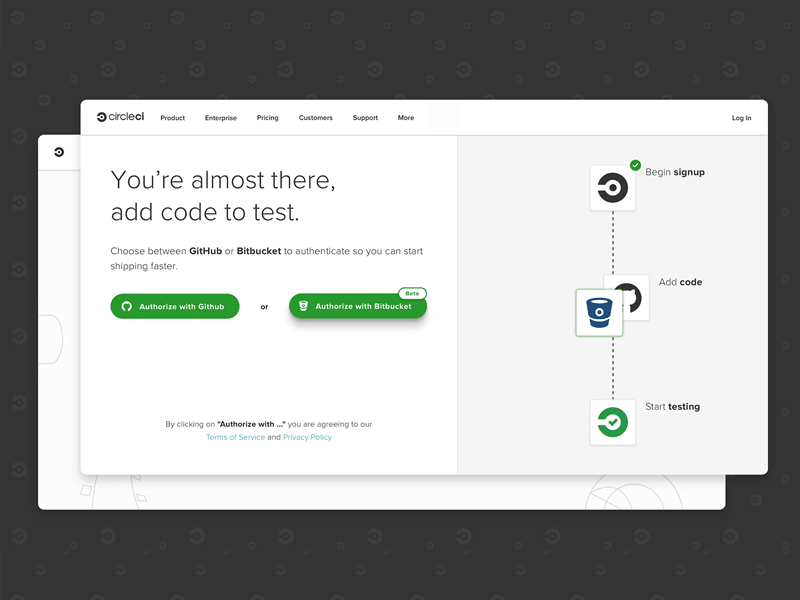

In the case of this plugin, real-life data takes the form of images from the Unsplash portfolio. UnsplashĪ fun fact: the Unsplash team really loves Figma, having switched there from Sketch a few years ago.
Framer prototype search how to#
Here you can find more examples of how to use the plugin.


Framer prototype search update#
It is also perfectly easy to update the content at any time you need it. Don't forget to use the first tab in Google Sheets for the data you want to sync. For example a "Call to Action" header in the spreadsheet should match a #CalltoAction layer name in Figma. This way, headers should match your layer name in Figma. Rows and columns are used to populate layers in Figma with the header row containing all of the labels for every column. You just create a shareable google spreadsheet and make columns for all types of data you want to appear in your design. Another remark, they do let you add real content but it won't be live! Google Sheets SyncĪt first glance, it's a perfect tool, as it does exactly what you need - syncing data from a Google spreadsheet into your Figma file. Since they are not proper prototyping tools, there's not much else you can play around with.
Framer prototype search install#
The first segment of tools is data population plugins that are easy to install in Figma and that will allow you to almost effortlessly import real data into your design. Plugins that Let You Stay Inside Figma but Are Functionally Limited At weave.ly we know quite a few methods how to do that and decided to share them with you: 1. 3 Ways to Add Real Data into Your DesignsĪlthough Figma is a really great environment for designers in various regards, it lacks the functionality to add real-life data in designs and prototypes. You'll just get a better prototype (and eventual product) in the end! Therefore, you'll benefit a lot more from using real data, such as actual photos, figures, contact details, addresses, transaction information instead of fictitious content. With the help of uploading real data into your design, it's also possible to create drop-down menus or predictive searches. Real content gives you much more - you can immediately see that, for example, the text on the front page doesn't make sense or the name box is too small. Despite looking good, it unfortunately might not always highlight all the flaws. Most likely, with dummy content in the prototype you will focus on the overall prettiness of your design. At the same time, using real data lets users have a better understanding of your idea and therefore helps them provide more accurate feedback. It can also give you much more insights about how your interface works as well as point out all kinds of imperfections in your layout or design, such as edge cases and alignment issues. Secondly, it enables designers to focus on UI and UX and spend less time adding mock data to prototypes and designs. First of all, prototyping with real data allows you to create realistic interactions and provide better user experiences (and you know that today user experience is considered to be competitive advantage number 1!).


 0 kommentar(er)
0 kommentar(er)
